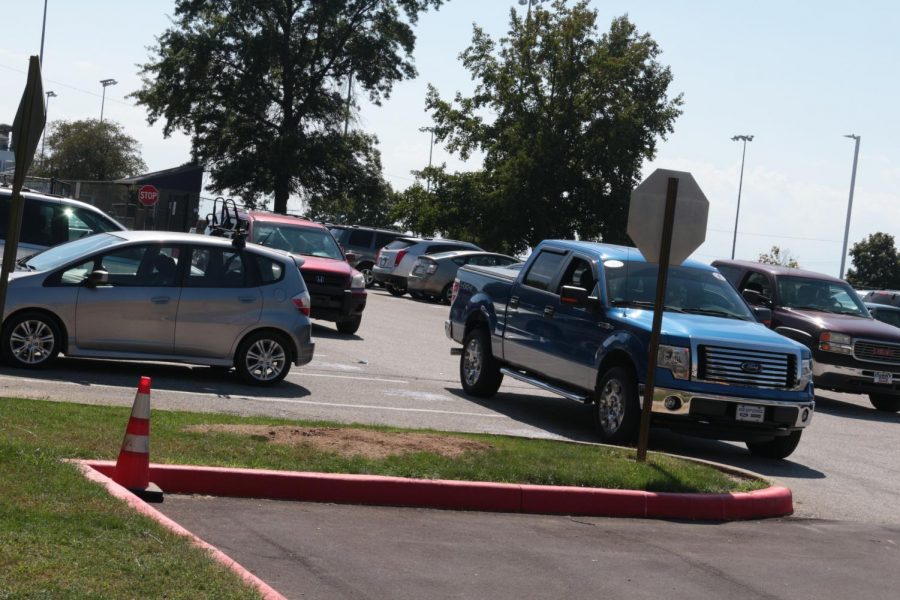Every high school student longs for the day when he or she no longer has to rely on others for transportation. However, what happens when, in the age of Snapchat and Instagram, teenagers feel inclined to check their notifications or text their friends while at the wheel?
Since smartphones are a standard part of everyday teen life and have very dangerous potential when used behind the wheel, the BMV has implemented an array of precautions in order to keep people as safe as possible on the roads. To understand the significance of the issues surrounding reckless teen driving, in 2016, 2,433 teens in the United States ages 16–19 were killed and 292,742 were treated in emergency departments for injuries suffered in motor vehicle crashes, according to the Centers for Disease Control.
One method designed to ensure that people remain unharmed is the Graduated License System. Though the system may vary from state to state, the GDL is in place to provide a step by step process that aids in the development of teen driving. According to the Insurance Institute for Highway Safety, teen “drivers tend to overestimate their driving abilities and underestimate the dangers on the road.” Due to the potentially fatal risks that come with being a new or distracted driver, the GDL is typically a three-step process that gradually introduces teenagers to driving. While the age at which the steps are taken varies by state, most states encourage that you first receive a permit which allows you to drive with a licensed driver 25 years or older, followed by a license with which you can drive alone with limitations, and after enough time, you can drive without limitations.
This tiered system allows for new drivers to gain safe driving experience without the hazard of distractions such as phones or other teens. Because teenagers are required to drive numerous hours throughout the day and night in the presence of adults, it is the goal that teenagers learn to refrain from using other devices while operating a vehicle.
Another resource that is designed to assist in safe driving practices is the driver’s education program. Bloomington offers a few options for these types of programs, including the All Star Driving School which goes over a variety of topics that are essential for teenage drivers. These topics range from hazardous road conditions, underage drinking, being an attentive driver, to distracted driving in order to make sure that new drivers are as prepared as possible by the time that they are eligible to drive alone.
These topics are extremely important to talk about, as teen drivers are three times more likely to be involved in a crash than any other age group (Center for Disease Control). This statistic places motor vehicle crashes as the leading cause of death for people ages 15-20, accounting for about 62 percent of all unintentional deaths and injuries in teenagers.
In an anonymous poll of South students, 21 out of 24 students ages 15-18 admitted to using their phone while operating a vehicle.
“The dangers that accompany using your phone while driving outnumber the pros obviously. While I do use my phone very occasionally while driving, it’s a habit I’m working on breaking,” a South student said. “It prevents me from being an attentive driver, and I’m actively putting other people’s lives at risk.”



